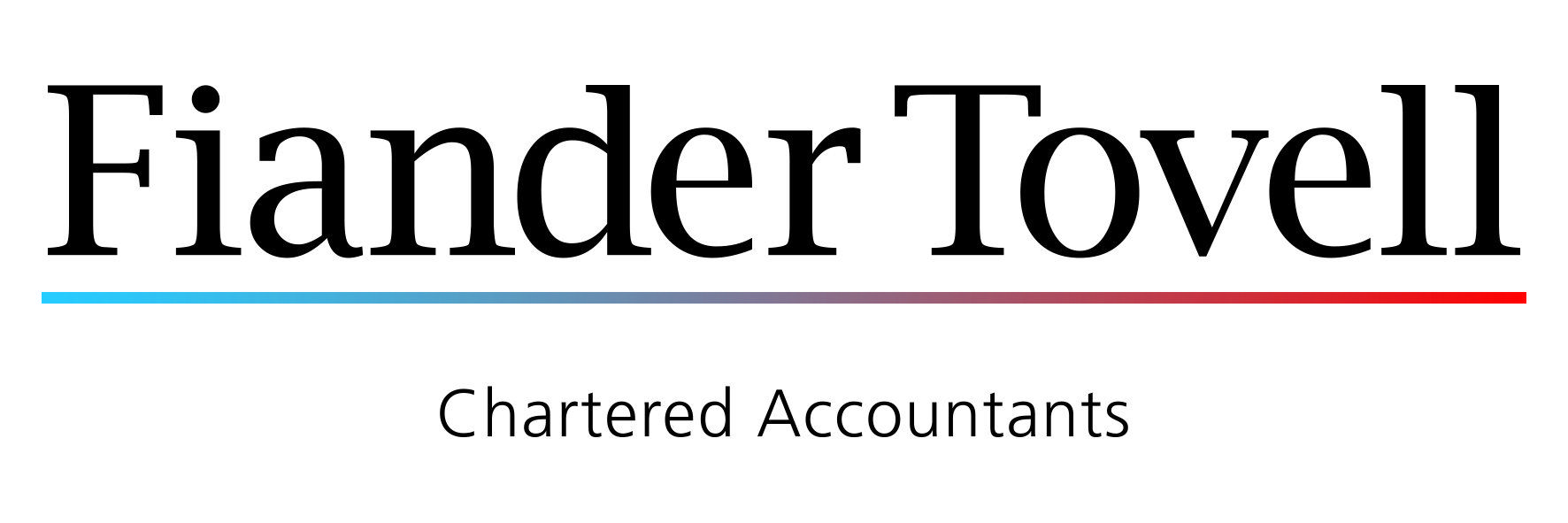With over 25 years of experience, Rachel Waterman is a Chartered Tax Advisor who specialises in Private Client tax focusing on Inheritance Tax and succession planning, Capital Gains Tax and family trusts.
Known for her dedication to providing comprehensive tax planning and advisory services, Rachel enjoys making a tangible difference in her clients’ lives and helping them to look after and protect their assets.
From Languages to Tax
Rachel spent her college years studying languages with the expectation of working abroad but found herself joining EY’s Employment Solutions team at the age of 19. She passed her tax exams to become a Chartered Tax Advisor at the age of 23, a career highlight for her. Rachel then went on to work in the Private Client tax team at a top accountancy firm for over 23 years before joining Fiander Tovell, bringing a wealth of experience and knowledge with her.
A Client-Focused Approach
Rachel aspires to provide a highly personalised and holistic service, positioning herself as a trusted advisor to her clients. Although Rachel specialises in private client tax, she knows it is important to consider the broader picture when advising clients, ensuring she has a full understanding of what they want to achieve and their overall financial position.
“Every client has unique circumstances, which means no two days are the same,” Rachel says.
Rachel helps navigate key tax compliance whilst also providing strategic tax planning advice for individuals, trustees and executors. Rachel finds that it is always rewarding to see where you can add value, regardless of how large or small. “It can be as simple as reviewing a client’s annual tax return to find ways to mitigate an income tax or capital gains tax liability, to reviewing family structures to help preserve family wealth for the younger generations.”
Providing a dedicated and professional yet friendly approach to both new and long-term clients, she has built up long-lasting relationships over the years. “Clients can expect me to provide comprehensive tax advice tailored to their needs while remaining at the end of the phone to help with their ongoing tax queries – and many other issues!”
Approaching Challenges
Keeping up to date in an ever-evolving industry is vital to ensure best practices. Rachel reflects upon this, stating “one of the most challenging aspects of working in any area of tax is navigating the constant changes in tax legislation.”
Rachel tells us that she is often required to review changes at short notice, for example after a Financial Budget, and provide timely and tailored advice to her clients.
“Understanding changes and applying them enables clients to be responsive and well informed, preparing for any impacts on their unique and specific situations” says Rachel.
An Increasingly Digital World
Staying updated with latest developments in tax is absolutely integral. Just like the wider world, the accounting industry is becoming more reliant on technology and AI. “It’s important to embrace and use available tools and products to access knowledge more efficiently and streamline processes,” Rachel states, reflecting her willingness to new technologies that improve the service for both her clients and the firm.
Success Stories
In many families, a significant portion of wealth remains with the older generation, and their assets are often tied up in property or land. This may result in assets being sold to fund IHT liabilities, reducing the amount available for the remaining family.
Rachel worked closely with a client to strategically reduce their property holdings and overall wealth, whilst ensuring they retained sufficient funds to support their future. Through thoughtful planning, her client was able to successfully pass on assets to both their children and grandchildren via the use of a family trust fund.
“By gifting and using available reliefs, my clients were not only able to reduce their taxable estate for IHT purposes but also support their children at a time in their lives when they had many demands on their finances.”
“Piecing Together a Puzzle”
The most general misconception of working in tax is that it’s all about crunching numbers, however, Rachel explains this is not the case.
“Tax is more like detective work,” she says, “It’s like piecing together a puzzle to create the best tax strategy for each client. Working in tax is more than just calculations: it’s about problem solving, strategic planning, identifying opportunities and helping clients navigate financial landscapes”.
Advice for the Next Generation
Rachel believes that the apprenticeship route brings many advantages for those interested in pursuing a career in any area of tax: “I really support the apprenticeship route, as there are some fantastic opportunities within both the large accountancy firms and smaller independent practices.”
She finds that apprenticeships offer people the chance to work in many areas of tax to gain experience and knowledge before deciding a specialism, all while studying towards essential tax qualifications.
Personal Life
Outside the office, Rachel spends her time on “mum duties”, spending her weekends at her children’s sports competitions or on the pitch side. Outside of these duties, she can often be found in her nearest garden centre, purchasing plants for her garden or in the garden café, sampling the delicacies. She also spends many weekends walking in the New Forest with her dachshund, Ruby.
With her wealth of experience and a strong focus on her clients’ needs, Rachel is a highly trusted advisor known for building lasting relationships that stand the test of time. If you would like to contact Rachel with any queries, email rachelwaterman@fiandertovell.co.uk for more information.





